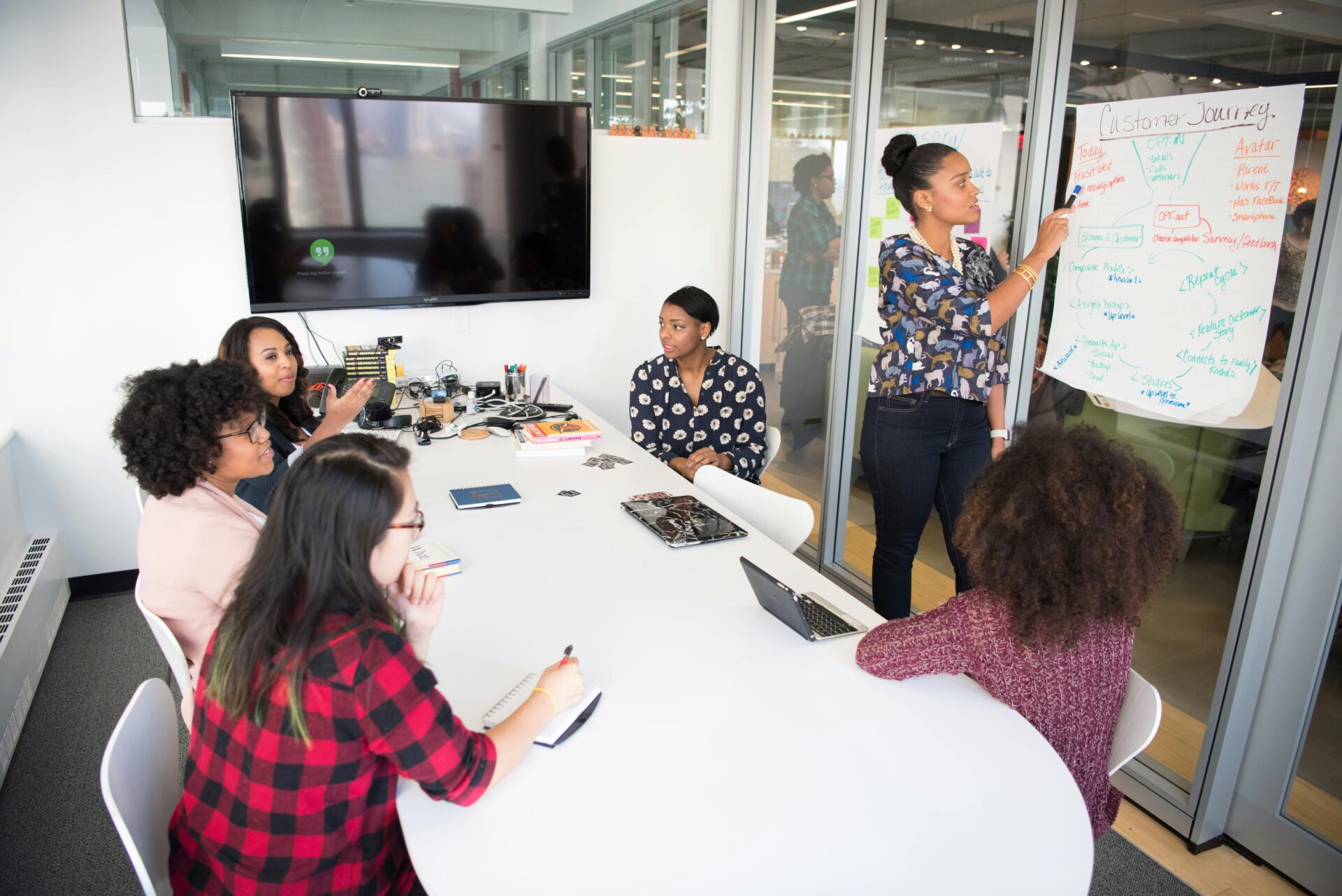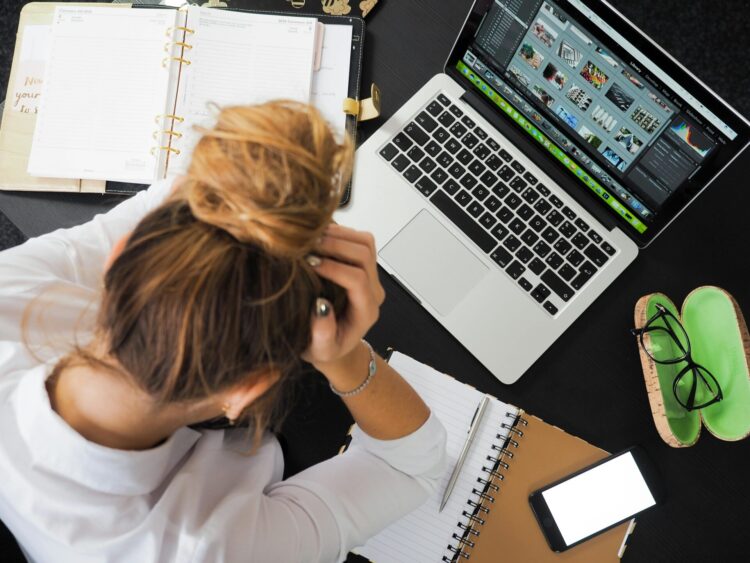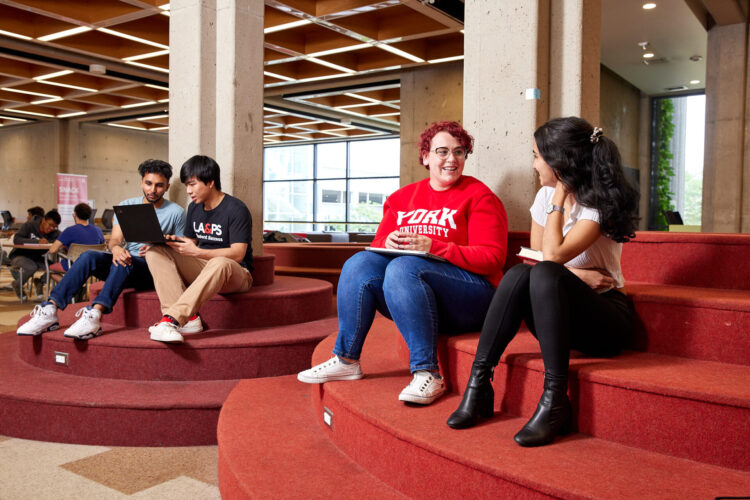Taking a walk. Reading a book. Sitting outside. Simply standing up and stretching.
These are all activities we could be doing on a break during our workday, according to experts.
“There’s not one golden rule of what the best break is. We just want to make sure that we’re disconnecting from our work or from our study,” Katharine Coons, from the Canadian Mental Health Association (CMHA), told Dr. Brian Goldman, host of CBC’s The Dose.
“Even if it’s for a five-minute walk around the block, that can increase and boost your mood,” said Coons, a national senior manager with the CMHA who oversees the organization’s workplace mental health programs.
In a culture that can often prioritize productivity over mental well-being, it can sometimes be difficult for people to take breaks — but experts say a break, if done right, is key to staying happy and healthy at work.
The degree to which a break can help depends on a few factors, said Duygu Biricik Gülseren, assistant professor at the School of Human Resources Management at York University.
Gülseren was part of a team that released a systematic review in 2022 on how work breaks affect job performance and well-being.
“It is important to know that not all work breaks are equal,” said Gülseren.
In the review, Gülseren and her team found that how you experience your break can be just as important as what you’re doing or for how long.
Your experience of the break could mean “if you’re able to detach from work, if you are able to relax,” said Gülseren.


How to take a good break
Taking more frequent breaks throughout the day is more effective for our well-being than one long one, said Coons.
“Every hour to an hour and a half, we really need that 10 or 15-minute break,” she said.
Most important, she said, is to do something that’s distinct from our work tasks.
This could be something relaxing — meditating, stretching, reading a book, watching TV — or something that recharges us — exercising, talking to a colleague, or doing chores if you work from home.
The benefits of nature
Some of the most prominent findings in Gülseren’s review showed that spending time in nature on a break can increase well-being.
Behind this idea is something called attention restoration theory. It posits that when we’re in nature, we involuntarily scan the environment around us, taking our brain away from task-based thinking and calming us down.
Many of us live in cities, but that doesn’t mean we have to go on a hike to enjoy these benefits, said Coons.
“That can mean going to the local park, doing something where you’re just spending time getting some fresh air,” she said.
Avoid social media
For an effective break, stay off a screen — and in particular, social media, experts say.
“Checking the news and social media sometimes can give us that quick dopamine hit, but ultimately doesn’t leave us feeling recharged,” said Coons.
Gülseren’s study found the same evidence for checking social media on a work break.
“It could be emotionally overwhelming and exhausting for employees,” Gülseren said.
Try to get active
It’s important to try to sneak some physical activity into your break time, said Leigh Vanderloo, scientific director at ParticipAction.
“You could do a couple wall push-ups, a couple squats. Little things don’t require equipment, do not require a lot of room,” said Vanderloo.
You can incorporate movement into your work as well, even just by walking or wheeling to a colleague’s desk to ask a question in person, she said.
These types of active breaks have a host of benefits, both physical and psychological, said Kathleen Martin Ginis, a professor in the Department of Medicine and the School of Health and Exercise Sciences at UBC.
- Burnout is high, sick leave is low: Can changes in workplaces help parents?
- These Canadian companies switched to a 4-day work week. Here’s why
“We know that simply getting up and breaking up that sedentary time from work can reduce the risk for depression and anxiety,” said Martin Ginis.
Physical activity — whether at work or at other times of day — can also lower your blood pressure, decrease your risk of type 2 diabetes, and increase your bone strength and your balance, experts say.
Workplaces also offer an opportunity to be active with your colleagues, which can create both accountability and a stronger sense of connection, said Vanderloo.
“Knowing that there’s someone else that you were doing it with does kind of encourage you to be like, ‘You know what, I have to. I’m going to show up for this person.’ And inadvertently you end up showing up for yourself,” Vanderloo said.
Set yourself up for success
Experts agree — the best way to guarantee you’ll take an effective break is to make a plan for it.
“This might mean actually putting in your calendar: every hour and a half, a 10-minute break,” said Coons.
Set an alarm on your phone or your fitness tracker to remind you to get up and stretch or go for a short walk, said Martin Ginis. Try not to be in back-to-back meetings, said Coons, or shorten meetings if possible. Plan ahead by rolling out your yoga mat in advance, or putting your shoes by the door for that quick walk.
It’s easy to fall into a trap of not believing a few short minutes will make a difference, experts said. But that’s not actually the case, said Martin Ginis.
“The science is showing that interrupting that sitting still time is actually really important physiologically for our health,” she said.
What employers can do
Though most employees have some agency when it comes to taking a break, there are many ways employers can help, experts said.
Removing barriers in the built environment is especially helpful for those with mobility challenges, said Martin Ginis. This could include making sure people have access to hallways and stairwells to take a walk or wheel themselves around.
If there are shower facilities at a workplace, that can also encourage people to be active on their breaks.
It’s important for managers to lead by example, said Coons, including taking their own breaks.
“That really shows a message to an employee that it’s OK for them to do that themselves,” she said. “The responsibility is largely on the organization and on managers and leaders to lead the way and set the tone.”
References
CBC Radio. (Oct 08, 2023). How just a 10-minute work break could improve your mental and physical health. CBC. https://www.cbc.ca/radio/whitecoat/10-minute-work-break-1.6987596#:~:text=Taking%20more%20frequent%20breaks%20throughout,distinct%20from%20our%20work%20tasks.



